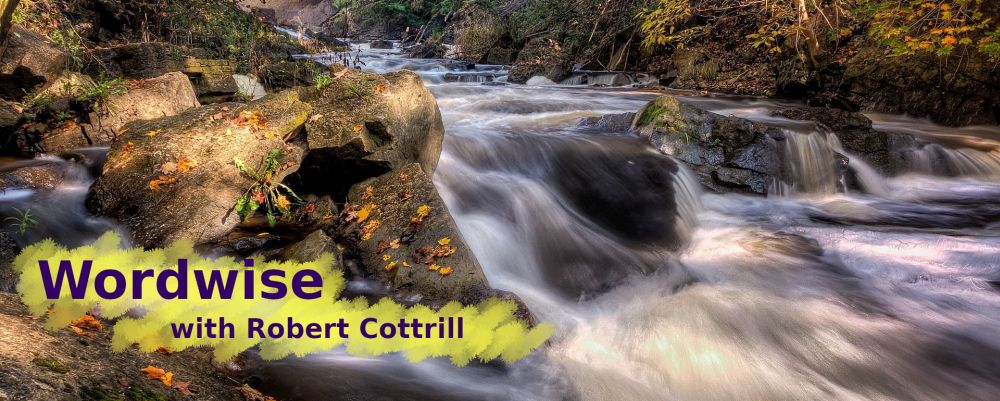I Know Whom I Have Believed
Words: Daniel Webster Whittle (b. Nov. 22, 1840; d. March 4, 1901)
Music: James McGranahan (b. July 4, 1840; d. July 9, 1907)
Note: Major Whittle (his rank in the Civil War) wrote six stanzas for this gospel song. Most hymn books I’ve seen omit (4), but it has a good message for us too.
(4) I know not what of good or ill
May be reserved for me,
Of weary ways or golden days,
Before His face I see.
(Stanza numbers in brackets below refer to the stanza number in The Cyber Hymnal. Find the link at the bottom of the article.)
It’s true. We simply don’t know the mix of bounty and scarcity, joy and sorrow, that will be part of our experience before we reach our heavenly home. Paul experienced the same, but his testimony was:
“I have learned in whatever state I am, to be content: I know how to be abased, and I know how to abound. Everywhere and in all things I have learned both to be full and to be hungry, both to abound and to suffer need. I can do all things through Christ who strengthens me.”
Phil. 4:11-13
He further assures us, by the inspiration of God, “that all things work together for good to those who love God, to those who are the called according to His purpose” (Rom. 8:28). That we do know.
(1) I know not why God’s wondrous grace
To me He hath made known,
Nor why, unworthy, Christ in love
Redeemed me for His own.
But “I know whom I have believèd,
And am persuaded that He is able
To keep that which I’ve committed
Unto Him against that Day.”
There are other things that are uncertain as well, or things God has not seen fit to explain to us. Each stanza of the song gives an example. Then it balances that, in the refrain, with what is a certainty, quoting Paul’s testimony:
“I know whom I have believed and am persuaded that He is able to keep what I have committed to Him until that Day.”
2 Timothy 1:12
The KJV, which Whittle used, has “against that day.” The Greek word for “against” is eis, meaning for or until. The “Day” spoken of refers to the return of Christ, and the time when Paul will be summoned to stand before the Lord to give account (cf. 1:18; 4:18).
In (2), Daniel Whittle refers to the mystery of saving faith and how it works. In (3), it’s the mystery of how the Holy Spirit’s ministry. Concerning this, the Lord Jesus said to Nicodemus, “The wind blows where it wishes, and you hear the sound of it, but cannot tell where it comes from and where it goes. So is everyone who is born of the Spirit” (Jn. 3:8).
Finally, in (5), the song speaks of the unknown date of Christ’s return. It’s sad when preachers (sometimes ones who are quite orthodox in other areas) suggest they know what the Bible says no one knows (cf. Matt. 24:22, 24; Acts 1:7). A popular evangelist was, in 2012, been predicting that the 21st of December of that year would be the day, but if you’re reading this, it apparently wasn’t!
Over the centuries, there have been many such incorrect guesses or calculations. All they end up doing is bringing discredit to God and His trustworthy Word. God has His own timetable; let’s leave the matter with Him. Our job is to be ready for Christ’s coming, and meantime to serve Him faithfully.
(5) I know not when my Lord may come,
At night or noonday fair,
Nor if I walk the vale with Him,
Or meet Him in the air.
Questions:
- What are some possible reasons why the Lord has kept the exact date of Christ’s return a secret?
- What should a Christian’s general attitude be toward matters on which God’s Word is silent?
Links:
- 22 November 1840 – Daniel Whittle Born
- I Know Whom I Have Believed (The Cyber Hymnal)
